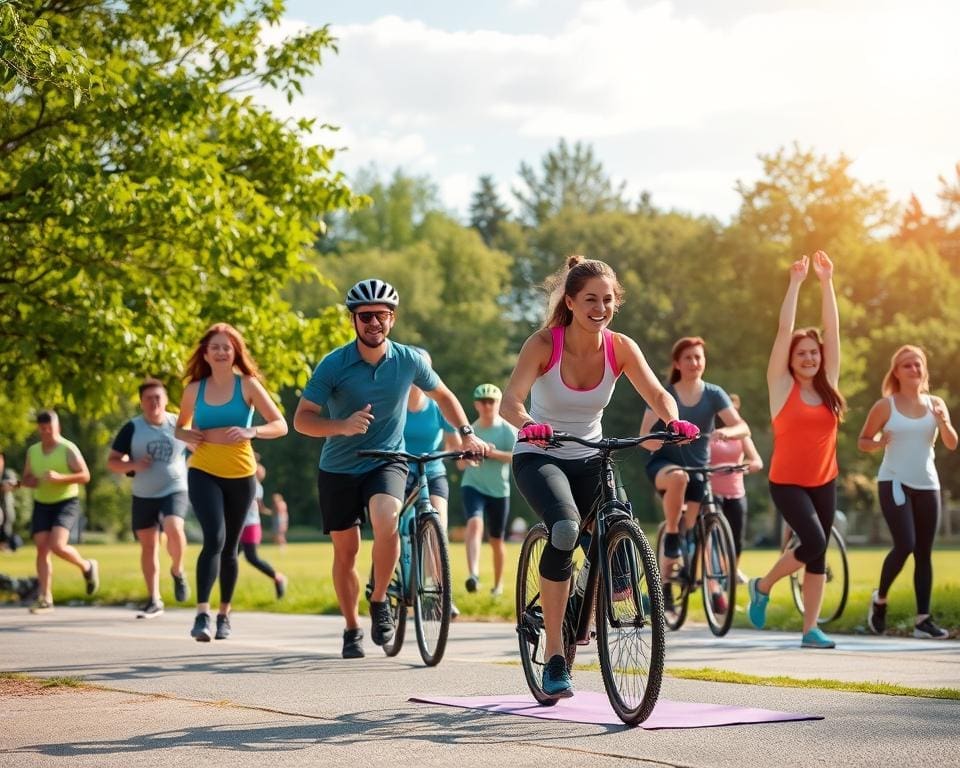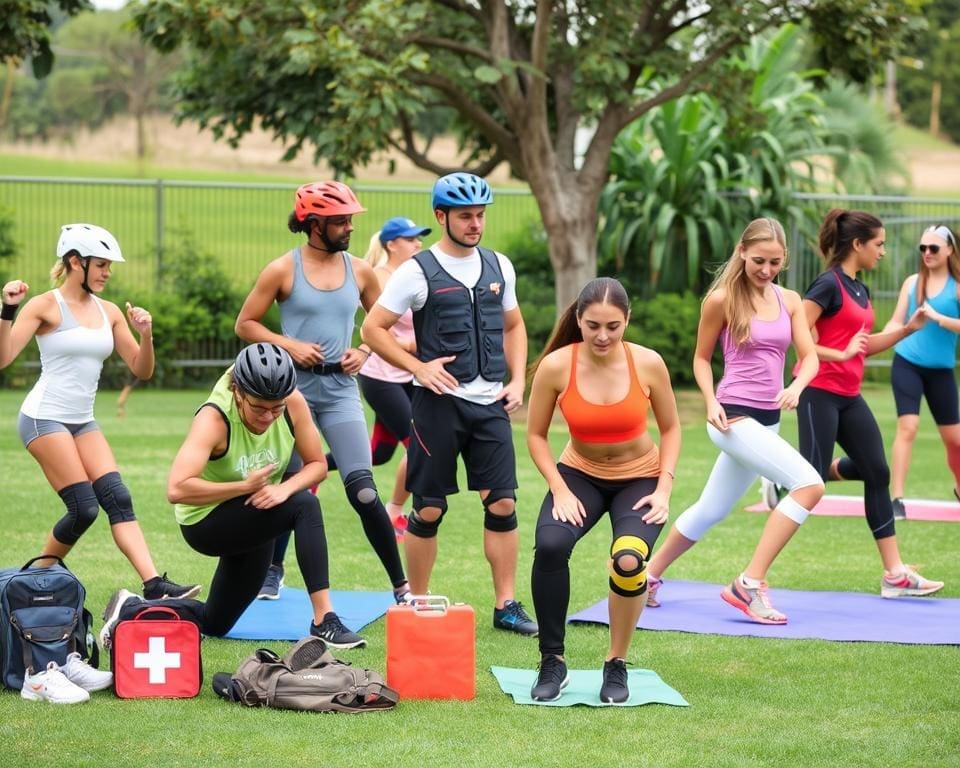Embracing an active lifestyle is a rewarding journey that promotes physical fitness and mental well-being. However, it is crucial to acknowledge the significance of injury prevention in this pursuit. As individuals engage in various activities—ranging from leisurely walks to competitive sports—the potential for injuries increases. Employing effective Injury Prevention Strategies for Active Lifestyles is essential for safeguarding one’s health and enjoying sustained participation in these activities.
Active lifestyle injury prevention encompasses various tactics that not only prepare the body for exertion but also ensure a longer-lasting enjoyment of physical pursuits. Understanding the risks involved in preventing injuries in active living is vital, allowing enthusiasts to stay focused on their goals without the setbacks that injuries often bring. With proper strategies in place, you can fully embrace the vibrant joys of an active lifestyle and keep your body in optimal shape.
Understanding the Importance of Injury Prevention in Active Living
Injury prevention in active living serves as the foundation for a fulfilling and consistent fitness journey. Emphasising the significance of this area can transform how individuals approach their physical activities and overall health.
The Impact of Injuries on Active Lifestyles
Injuries can dramatically affect active lifestyles, often leading to interruptions in training and performance. Common injuries, particularly among runners and cyclists, may include strains, sprains, and fractures. Such injuries not only set back physical progress but can also inflict emotional and psychological distress. Many fitness enthusiasts experience frustration when a single incident results in months off from their routine. Acknowledging the risks associated with their activities is essential for anyone striving to maintain a dynamic and healthy lifestyle.
How Preventing Injuries Enhances Your Fitness Journey
Implementing strategies to prevent injuries in active lifestyles can significantly elevate one’s fitness experience. These preventive measures foster a sense of security and motivation, allowing individuals to focus on achieving their goals rather than recovering from setbacks. Techniques such as proper warming up, maintaining hydration, and using appropriate equipment contribute to more consistency in workouts. By prioritising injury prevention, enthusiasts may also find greater joy in their activities, encouraging long-term commitment to a healthier lifestyle.

Injury Prevention Strategies for Active Lifestyles
Active lifestyle injury prevention techniques play a vital role in ensuring enthusiasts can enjoy their favourite activities without the setback of injuries. By implementing effective injury prevention methods for active lifestyle enthusiasts, individuals can sustain their fitness journey and maximise their performance. Below are key strategies to adopt, focusing on warm-up techniques, hydration, equipment choices, and strength training.
Warm-Up Techniques to Reduce Injury Risk
Engaging in a proper warm-up routine is essential for preparing the body for physical activity. Incorporating dynamic stretching and gradually increasing activity intensity can effectively reduce the risk of injuries. These warm-up methods increase blood flow to muscles, enhance flexibility, and ensure your body is ready for the demands of exercise.
Staying Hydrated: A Key to Injury Prevention
Maintaining adequate hydration is crucial for achieving optimal performance levels. Sufficient fluid intake helps to prevent cramps, fatigue, and decreased concentration. Active living requires a substantial amount of water, particularly during vigorous activities. Establishing a hydration strategy throughout the day can support overall health and improve resilience against injuries.
Choosing the Right Equipment and Footwear
Appropriate equipment and footwear are necessary to ensure safety during exercise. Wearing the correct shoes or using suitable gear can significantly reduce the risk of injury by providing the needed support and cushioning. Brands such as Nike, Asics, and Salomon are renowned for their quality offerings, allowing individuals to choose products that align with their specific activities.
The Role of Strength Training in Injury Prevention
Incorporating strength training into an active lifestyle is a foundational element of injury prevention. This practice enhances muscle strength, improves posture, and fosters better balance, all of which contribute to reducing injury risks. Regular strength exercises, focusing on core, legs, and upper body, can provide a stronger base for all forms of physical activity.
Active Lifestyle Injury Reduction Strategies for Enthusiasts
As individuals dedicated to maintaining an active lifestyle, incorporating effective injury reduction strategies is essential. By prioritising injury prevention in active living, enthusiasts can enjoy their favourite activities while minimising potential setbacks. Continuous education on injury management, along with a keen ability to listen to one’s body, plays a pivotal role in enhancing performance and enjoyment. Making timely adjustments to training routines ensures that physical activities remain safe and fulfilling.
Engaging in cross-training is a powerful method for diversifying workout routines while reducing the risk of overuse injuries. This approach allows enthusiasts to explore various forms of exercise, such as swimming, cycling, or yoga, which can complement their primary activities. Additionally, incorporating recovery days into training schedules is crucial. These dedicated rest periods not only facilitate muscle healing but also prepare the body for future challenges, thus reinforcing the significance of recovery in active lifestyle injury reduction strategies.
Advancements in technology further enhance strategies for preventing injuries in active living. The utilisation of fitness apps and wearables can aid individuals in monitoring their performance metrics, offering valuable insights that can inform adjustments to their routines. By tracking progress and recognising patterns, enthusiasts can proactively address potential issues before they escalate into injuries. With a committed approach to these strategies, individuals can embrace their passion for being active while fostering a sustainable and enjoyable lifestyle free from the burden of injuries.









